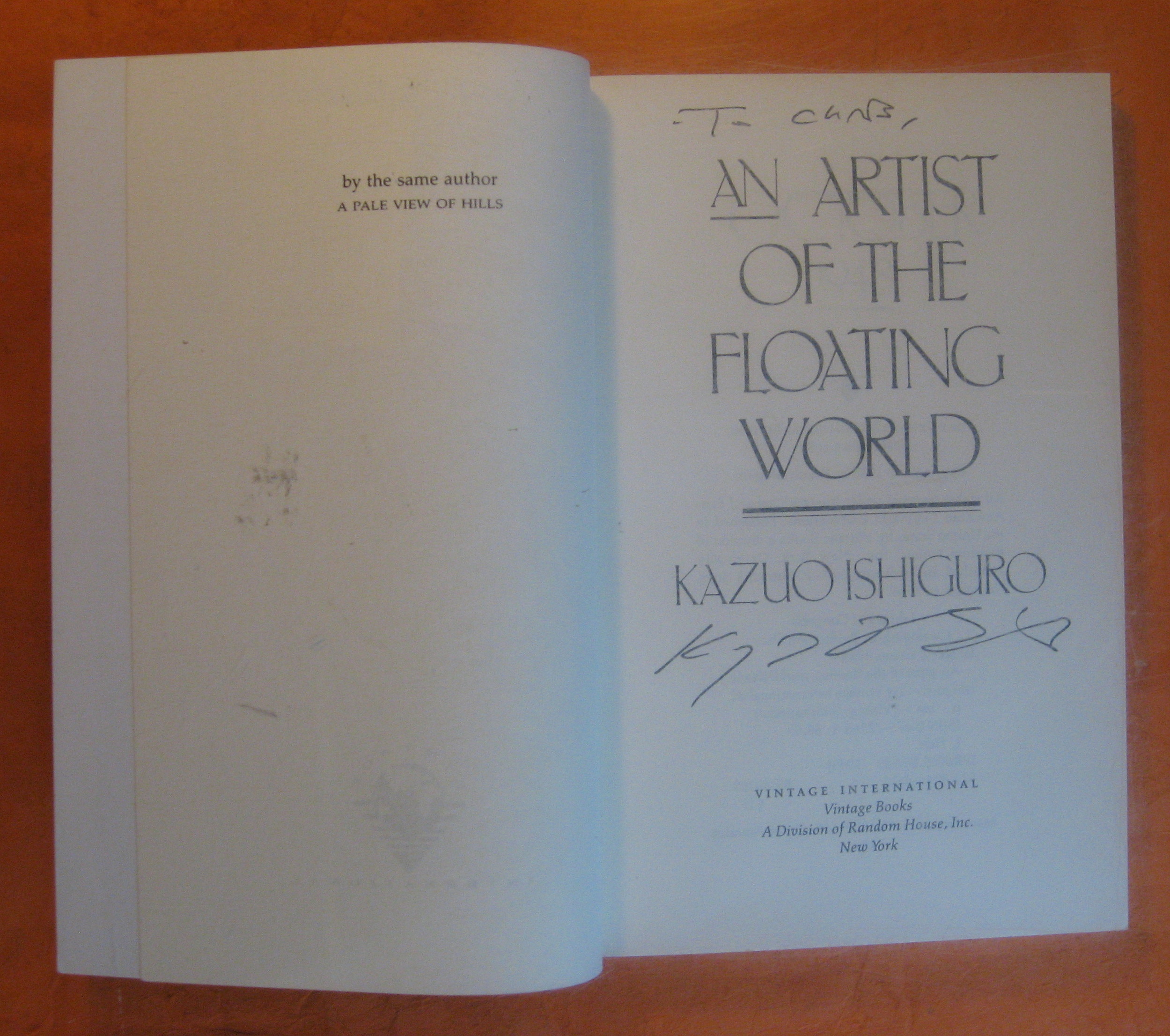
Rather, he focuses on Moriyama's and Matsuda's principles, and on the damage that results when one of these visions becomes so hegemonic that artists who diverge are punished. Ishigure never seriously entertains Takeda's vision of art. The other is the mindless assembly-line artistry of Master Takeda's studio, where both ideas and technique are ignored in favor of pure productivity. Ono's father believes that art is unnecessary and that all artists are degenerates. However, several other ideas about art appear in the book and then fade away as Ono rejects them. These two artistic visions are presented as the most important ones, and neither Ono nor Ishiguro ever quite chooses one or dismisses another. According to Matsuda, artists should not hide away from the outside world, but should try to change it. He believes that art should engage with the outside world and be explicitly political. Matsuda subscribes to the opposite vision. Moriyama's art values aesthetics above all, and his students are expected to master difficult techniques in order to capture visual beauty.

Moriyama believes that art should be used to create and mimic beauty, especially fleeting, temporary beauty.


One vision of art's purpose is embodied by Ono's teacher Moriyama. For the characters who are artists or who are passionate about art, these different visions are so essential that they can lead to personal conflict. Buy Study Guide Role of Art and the ArtistĪn Artist of the Floating World presents two visions of what an artist should attempt in his or her work, and of what kinds of goals are achievable through art.


 0 kommentar(er)
0 kommentar(er)
